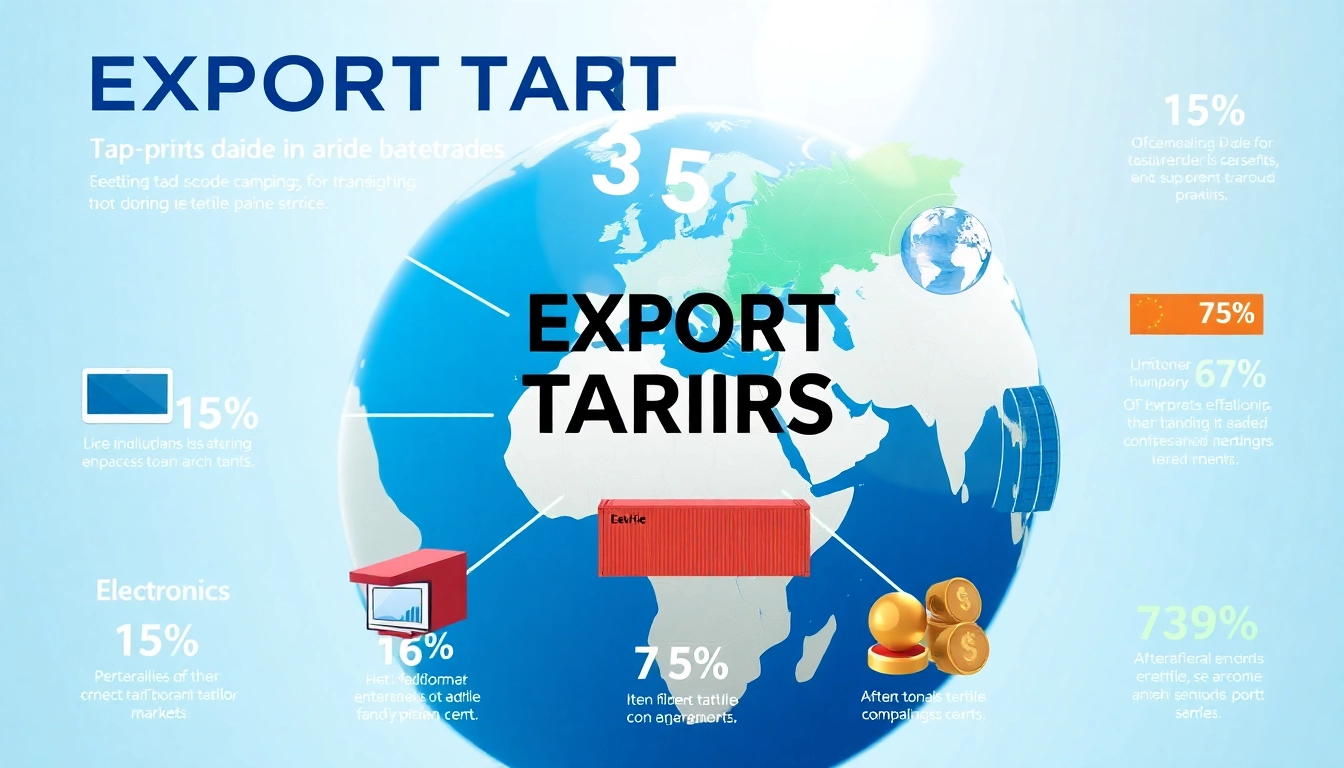Understanding the Concept of Trading Network
What is a trading network?
A trading network can be defined as a complex system that facilitates the exchange of goods and services between various participants, including individuals, businesses, and institutional investors. Essentially, it refers to the infrastructure and methodologies that enable trading in a systematic manner. Participants are interconnected through various platforms and technologies, allowing for efficient transactions and sharing of information. A prominent aspect is the integration of different trading mechanisms, which can vary from traditional stock exchanges to digital marketplaces.
The concept of a trading network encompasses a range of elements such as liquidity, market access, trading strategies, and regulatory compliance. Each of these components works in tandem to create a robust environment that fosters trade efficiency and transparency.
History and evolution of trading networks
The history of trading networks dates back centuries, originating with the establishment of trade routes in ancient civilizations, where merchants exchanged goods along pathways like the Silk Road. Over the years, these informal networks evolved into more structured systems, leading to the creation of formal markets and trading hubs. The rise of modern financial markets in the 20th century saw the emergence of exchanges and platforms that standardized trading practices, introducing regulations to protect participants.
In recent decades, the digitization of trading networks transformed the landscape entirely. With the advent of the internet, electronic trading platforms emerged, enabling instantaneous trading across global markets. The development of algorithms and high-frequency trading further revolutionized trading networks, allowing for increased speed and efficiency in executing trades. Today, trading networks continue to evolve, incorporating advancements in technology, data analytics, and artificial intelligence to improve connectivity and optimize trading strategies.
Importance in today’s financial markets
Trading networks play a crucial role in the functioning of financial markets today. They facilitate price discovery, enabling buyers and sellers to find common ground on asset valuations. A well-functioning trading network enhances liquidity, allowing participants to buy and sell assets more freely, ultimately leading to more efficient markets.
Moreover, trading networks promote transparency as they allow real-time access to information, enabling market participants to make informed decisions. Increased connectivity between market players leads to a diversification of trading strategies, which can be beneficial for risk management and overall performance. As such, understanding and engaging with trading networks is imperative for anyone looking to succeed in modern financial markets.
Building a Successful Trading Network
Key components of an effective trading network
To construct a successful trading network, several critical components must be addressed:
- Infrastructure: A reliable and secure technological infrastructure is foundational. This includes trading platforms, communication systems, and data management tools that ensure seamless transaction flows.
- Liquidity: Ensuring that there are sufficient buyers and sellers in the market is vital. A liquid market minimizes slippage and allows for better price execution.
- Compliance and Regulation: Adhering to local and international regulations is necessary to mitigate legal risks. This often involves implementing robust Know Your Customer (KYC) and Anti-Money Laundering (AML) processes.
- Participant Engagement: Encouraging active participation from a variety of market players enhances the overall network’s effectiveness. This can involve integrating diverse trading strategies and roles within the network.
- Data Integration: Sharing relevant data among network participants fosters better decision-making. This includes trading signals, market analysis, and performance metrics.
Strategies for network expansion
Expanding a trading network requires strategic efforts tailored to the unique characteristics of the market. Below are several strategies for effective expansion:
- Partnerships: Forming alliances with other trading entities can enhance access to new markets and customers. This could involve collaborating with other trading firms, brokers, or financial institutions.
- Diversification: Offering a broader range of products or services can attract more participants. This may include expanding into different asset classes, such as derivatives or alternative investments.
- Tech Integration: Leveraging new technologies for trading and analytics can improve efficiency and attract technologically savvy traders. This could involve using blockchain for secure transactions or AI for data-driven trading strategies.
- Market Education: Providing education and training for new participants can nurture engagement. Workshops, webinars, and resources can help democratize trading knowledge and encourage more users to join the network.
Tools and technologies for network management
Effective management of a trading network involves employing various tools and technologies to streamline processes and enhance performance:
- Trading Platforms: Robust trading platforms provide the necessary functionality for executing trades, managing portfolios, and accessing market data. They also facilitate integration with other tools needed for analysis and risk management.
- Risk Management Software: Utilizing software that manages risk exposure and calculates necessary metrics is crucial to maintaining balance within the trading network.
- Analytics Tools: Analytics and reporting tools enable participants to evaluate their strategies’ performance and market trends, leading to more informed decision-making.
- Communication Tools: Effective communication tools are necessary for real-time updates and interactions among network participants. This includes instant messaging platforms and collaborative project management tools.
Best Practices for Trading Network Efficiency
Communication strategies within trading networks
Effective communication strategies are vital in ensuring that all participants in a trading network are aligned and informed:
- Regular Updates: Keeping all members informed about market changes, regulatory updates, and trading opportunities helps maintain engagement and readiness.
- Feedback Mechanisms: Establishing channels for feedback encourages continuous improvement and responsiveness to participant needs.
- Clear Protocols: Developing clear protocols for communication reduces misunderstandings and enhances collaboration. This can include defined roles and points of contact for specific issues.
Data sharing and security measures
Data is one of the most critical assets in trading networks. Ensuring its security while promoting effective sharing is paramount. Consider the following practices:
- Encryption: Implementing encryption ensures that data in transit and at rest is secure from unauthorized access.
- Access Controls: Restricting data access to authorized participants builds trust and minimizes risks.
- Data Governance: Establishing comprehensive data governance policies provides guidelines for managing data access, sharing, and security.
Performance monitoring techniques
Monitoring performance within the trading network is essential to assess effectiveness and identify areas for improvement. Techniques to consider include:
- Key Performance Indicators (KPIs): Defining and regularly reviewing KPIs for trade execution speed, error rates, and participant satisfaction helps gauge network efficiency.
- Regular Audits: Conducting audits of trading activities and processes provides insight into compliance and operational effectiveness.
- User Feedback Surveys: Gathering feedback from participants can help identify areas for development and enhance user experience.
Challenges in Trading Network Operations
Identifying common pitfalls
In the operation of trading networks, common pitfalls can hinder performance and participant satisfaction:
- Lack of Liquidity: Insufficient liquidity can lead to increased transaction costs and slippage during trades.
- Technological Failures: Downtime during trading hours due to technical issues can impact trading activity and trust in the network.
- Regulatory Non-compliance: Failing to adhere to regulatory mandates can result in severe penalties and loss of credibility.
Mitigating risks in trading networks
To mitigate risks associated with trading networks, implementing comprehensive risk management strategies is fundamental:
- Diversification: Encouraging participants to diversify their trading strategies and portfolios can reduce the overall risk exposure within the network.
- Continuous Monitoring: Regularly monitoring market conditions and participant trading behavior helps identify potential risks before they escalate.
- Education and Training: Providing training resources on risk management best practices promotes more informed decision-making among participants.
Case studies of trading network failures
Analyzing case studies of trading network failures reveals valuable lessons for current operations. For instance, a notable failure occurred on a trading platform that suffered a major data breach. This incident highlighted the importance of viewing cybersecurity as a critical component of trading network design. Another case involved a trading firm’s inability to adapt to changing regulations, which resulted in legal repercussions and diminished trust among users.
These scenarios illustrate the need for proactive monitoring, risk mitigation strategies, and a compliance-oriented culture within trading networks to prevent similar outcomes in the future.
The Future of Trading Networks
Trends shaping the future of trading networks
The future of trading networks will be influenced by several trends, including:
- Increased Automation: The role of automation in trading strategies will continue to grow, with algorithmic and AI-driven trading becoming the norm.
- Greater Inclusivity: Innovations will likely enhance access to trading opportunities for retail investors, democratizing the trading landscape.
- ESG Factors: Environmental, Social, and Governance factors will increasingly shape investment strategies, with participants keen on sustainability.
Impact of technology on trading network evolution
Technology will remain at the forefront of trading network evolution, with advancements such as blockchain technology enhancing transparency, security, and efficiency. Decentralized finance (DeFi) is expected to redefine traditional trading networks by removing intermediaries and fostering peer-to-peer transactions. This shift will challenge conventional models and force existing networks to adapt and innovate continuously.
Preparing for the next generation of trading networks
To prepare for the next generation of trading networks, organizations should focus on investing in technology and enhancing their operational flexibility. Emphasizing the importance of data analytics will enable more nuanced trading strategies and risk assessments. Furthermore, cultivating a culture of continuous learning and adaptation will position trading networks to thrive in an ever-evolving landscape.



